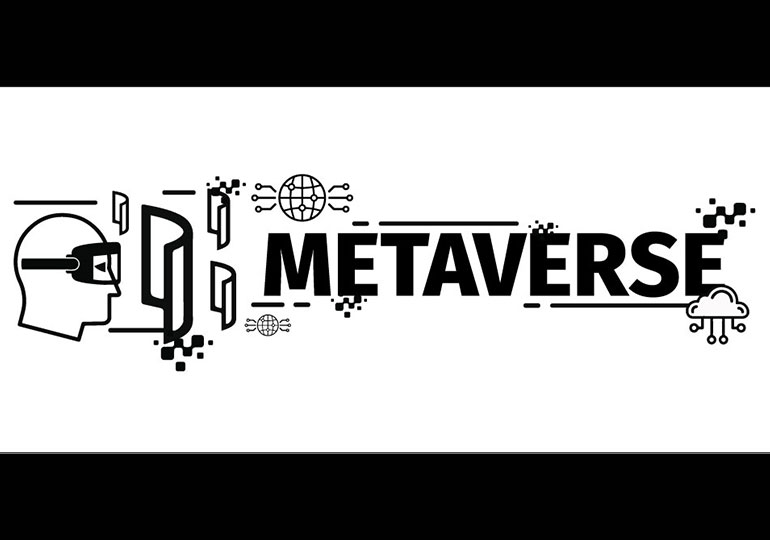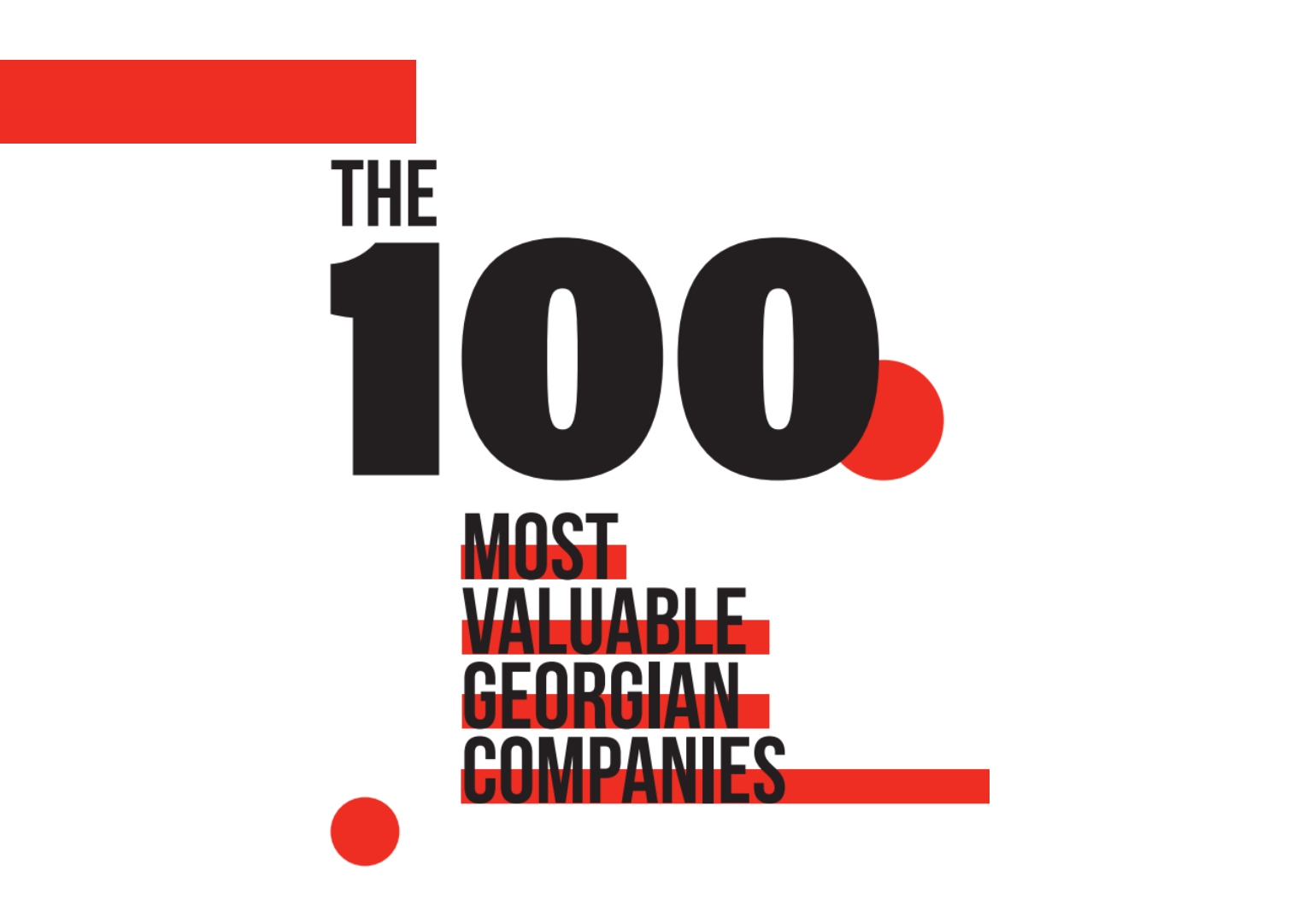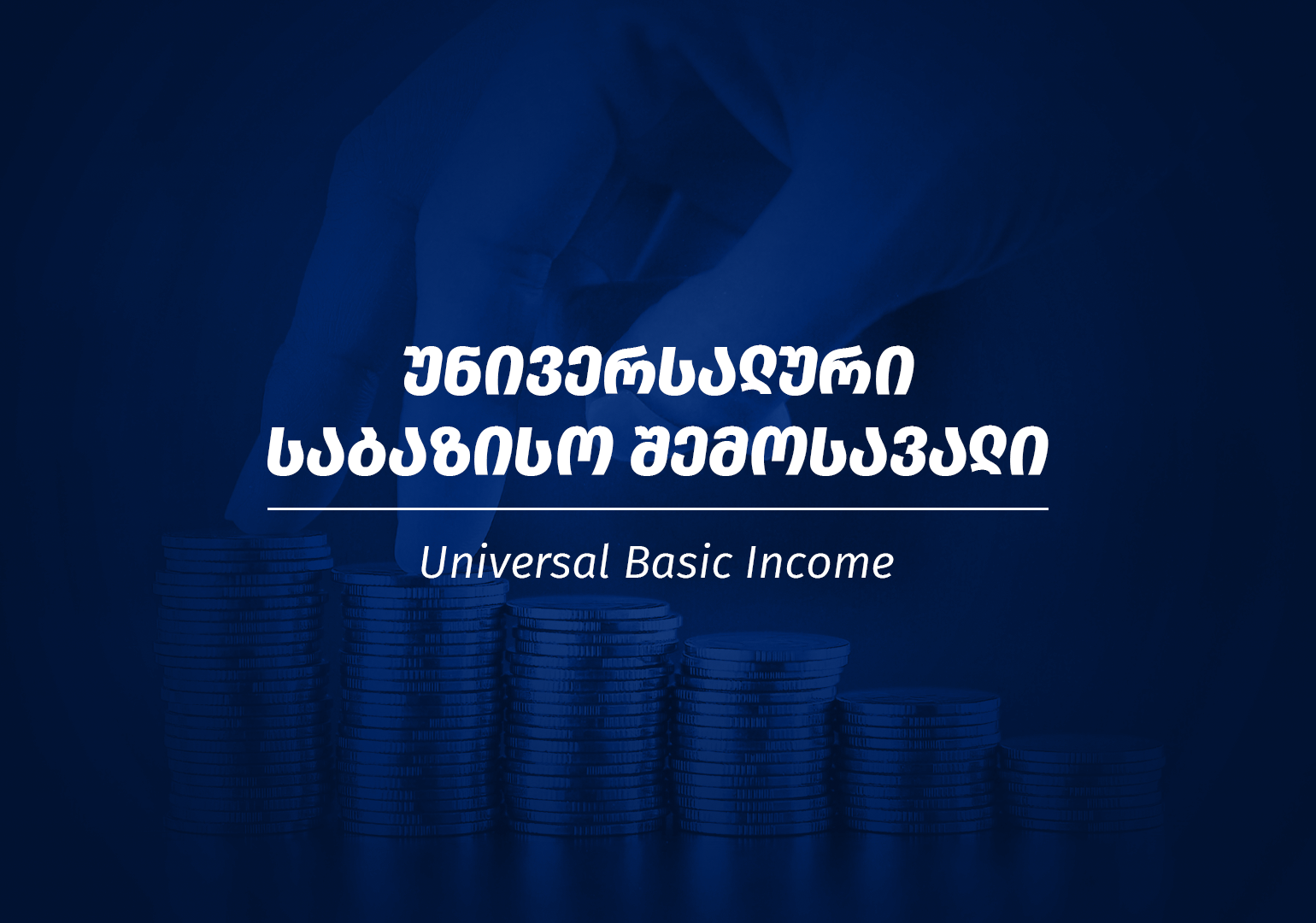According to the Population Welfare Survey conducted by Unicef, actual incomes of households in the last two years have significantly increased. In 215, nominal average monthly income of households was 608,9 GEL, while in 2017 this rate increased to 771,9 GEL, which means a 26,8% increase. The biggest portion of this income is salaries – 52,2%; it is followed by social transfer (22,4%), self-employment (19,1%) and other components, like rental or remittances (7%). Compared to the data obtained at the previous stage of the survey, actual average monthly income of households has grown by 18,8%.
In 2017, nominal income of households in urban areas was 867,1 GEL, and 272.7 GEL in rural areas. In average, monthly income in households in urban areas was 29% higher than in rural. The portion of salaries in total monthly income of households in urban area is 64% and in rural areas – 35,2%. Opposite to this, incomes generated through self-employment in rural areas is much higher (about 30% of total incomes) compared to urban areas (10.9%). Moreover, income generated by households from social transfers in rural areas is significantly higher (27,1%) than in urban areas (18,9%).
According to the results of the survey, in Georgia, over the last two years, average nominal monthly expenditures (788,6 GEL) has reduced by 4,1%. Taking into account the inflation, average monthly consumption of households within the period between 2015 and 2017 has reduced by 10,1%.
As to distribution of expenses, in 2017, money spent by households for food made 36,7% of total expenses. In average, one household spends 33,8% for long-lasting non-food goods and for healthcare and current non-food products – 8,7% and 14,8% respectively.
Besides, small portion of incomes was spent for education (2,8%) and eating out (3,1%).

Forbes Georgia
"Forbes Georgia-ის სარედაქციო ბლოგპოსტების სერია "როგორ გამდიდრდა“ და "საქართველო რეიტინგებში".















